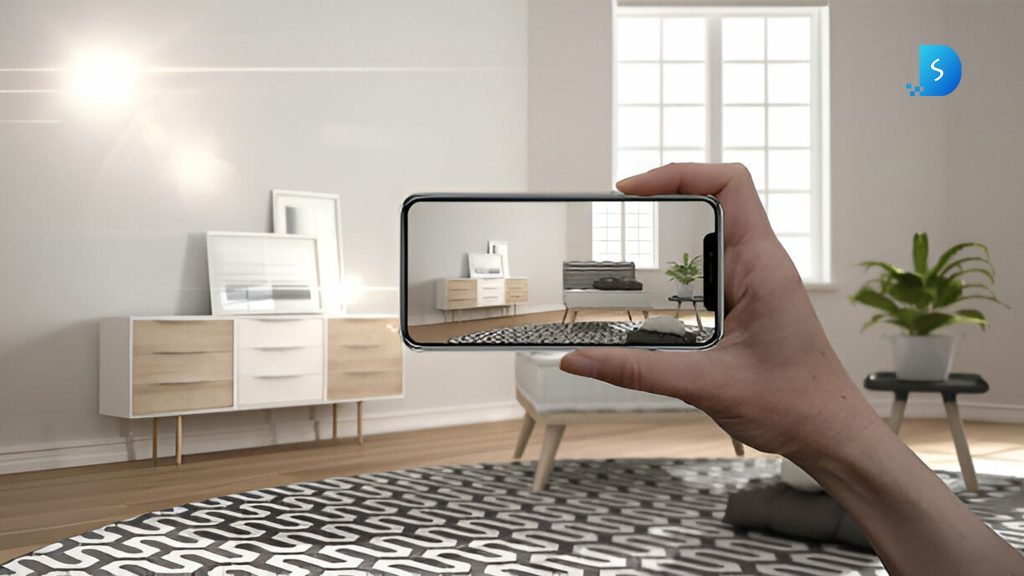Micro-interactions play a unique role in enhancing, boosting, and developing the overall user experience by focusing on the small details that often go unnoticed. Though they used to be seemingly insignificant, these subtle interactions, which will be discussed, contribute significantly to user satisfaction and can distinguish between a better and an excellent user interface.
It is specially designed to start and consider a seamless flow within a user’s surface, whether it is a suitable animation style, which is so in trend nowadays when a button is clicked, or a gentle vibration when a message or text is sent. This integration over the strategy gives you brilliant feedback that guides users through the interface, making it so valuable overall with experiences that are more enjoyable and reliable,
Further details are defined in the following points that can describe its work:
Table of Contents
ToggleSome leading and essential roles of micro-interaction
- Creating Emotional Connections: Micro-interactions have the great potential to evoke emotions and create a memorable user experience. When designed with care and extra attention to detail, they can surprise, delight, and even bring a touch of your personality to an interface.
- Encouraging User Engagement: Microinteractions are crucial in encouraging user engagement by making and creating interactions more enjoyable and fabulous. They add an element and a part of interactivity and playfulness to the user experience, making it feel more surprisingly and more responsive.
- Enhancing Usability: Usability is a different factor in UI design, and micro-interactions significantly improve and empower an interface’s usability. Providing clear, accessible, and timely feedback helps users quickly understand the consequences of their actions and reactions, reducing errors and enhancing task completion rates.
- Formating Emotional Bonds: Users’ emotional responses may be elicited via micro-interactions, which make the user experience more unique and memorable. Designers may create emotional bonds that encourage user engagement and long-term affinity with the product or brand by including aspects of joy, surprise, and personality in micro-interactions.
- Guidance and Learning: Providing visual cues and animations guides users in reinforcing their actions and understanding of navigating the user interface. It can easily shape user behavior and teach them an expected workload. A simple highlight effect lets the customer know how interactive it is over a clickable portion.
Adding delightful and unexpected micro-interactions may enhance the user experience. These random exchanges may make users happy, entertained, or even amazed.
It designs Effective micro-interactions
So, several fundamental principles should be considered to develop effective micro-interactions. First, they should be purposeful and aligned with user experience goals. Each interaction should have a clear function and meaning, avoiding unnecessary visual clutter.
By concentrating on meaningful micro-interactions, designers may increase user engagement and provide beautiful experiences with lasting impressions. These brief but intentional interactions enhance and make the user experience more immersive, engaging consumers, soliciting input, and adding personality to the interface.
Its quick and contextual reactions
Immediate feedback is crucial for users to comprehend the effects of their actions and feel secure in their interactions. Micro-interactions, such as button statuses or form field validations, can graphically express changes in interface components. A micro-interaction, for instance, might instantaneously alter the look of a button when a user presses it, serving as a visual indicator that the interaction has been seen. Users are reassured and assured that the quick response is processing their activities.
It uplifted User Experiences in different ways
- Feedback and Validation: When a user clicks a button and changes color or displays a loading animation, it provides instant feedback, validating their action.
- Guiding User Actions: Microinteractions subtly show users through the interface, making navigating and interacting easier.
- Increasing Engagement: Small animations can captivate and keep users engaged, encouraging them to explore more.
- Microinteractions and Emotional Connection: They can transform hectic tasks into enjoyable experiences, leaving users joyful.
- Role of Microinteractions in Mobile Apps: Microinteractions play a crucial role, especially in mobile applications. With the limited screen space, they are essential in simplifying complex actions and guiding users through various app features. These interactions facilitate navigation, offer quick feedback, and ensure a smooth experience on smaller screens.
It has access to multiple brilliantly designed tools
- This versatile tool combines design prototyping features, making it ideal for creating engaging micro-interactions and testing them live.
- Sketch is well-known for its excellent vector editing capabilities. It includes many plugins and frameworks that allow designers to construct delicate micro-interactions accurately.
- Simple prototyping capabilities enable designers to swiftly prototype and iterate on their micro-interactions, seamlessly bringing their ideas to life.
- Designed with mobile devices in mind, Proto.io offers a comprehensive set of animation and interaction capabilities, allowing for immersive user experiences.
- With an emphasis on transitions and gestures, Flinto enables designers to create fluid and smooth micro-interactions that improve the overall user experience and provide a finishing touch.
Conclusion
Micro-interactions are potent tools that transform a user interface from functional to delightful. That also boosts user engagement by capturing user attention, providing feedback, creating emotional connections, and enhancing usability.
Designers should carefully consider these interactions’ purpose, subtlety, and responsiveness to ensure they align with the overall user experience goals and leave a lasting positive impression on users. By harnessing micro-interaction potential, designers can create interfaces that meet user needs and provide a delightful and engaging experience.









